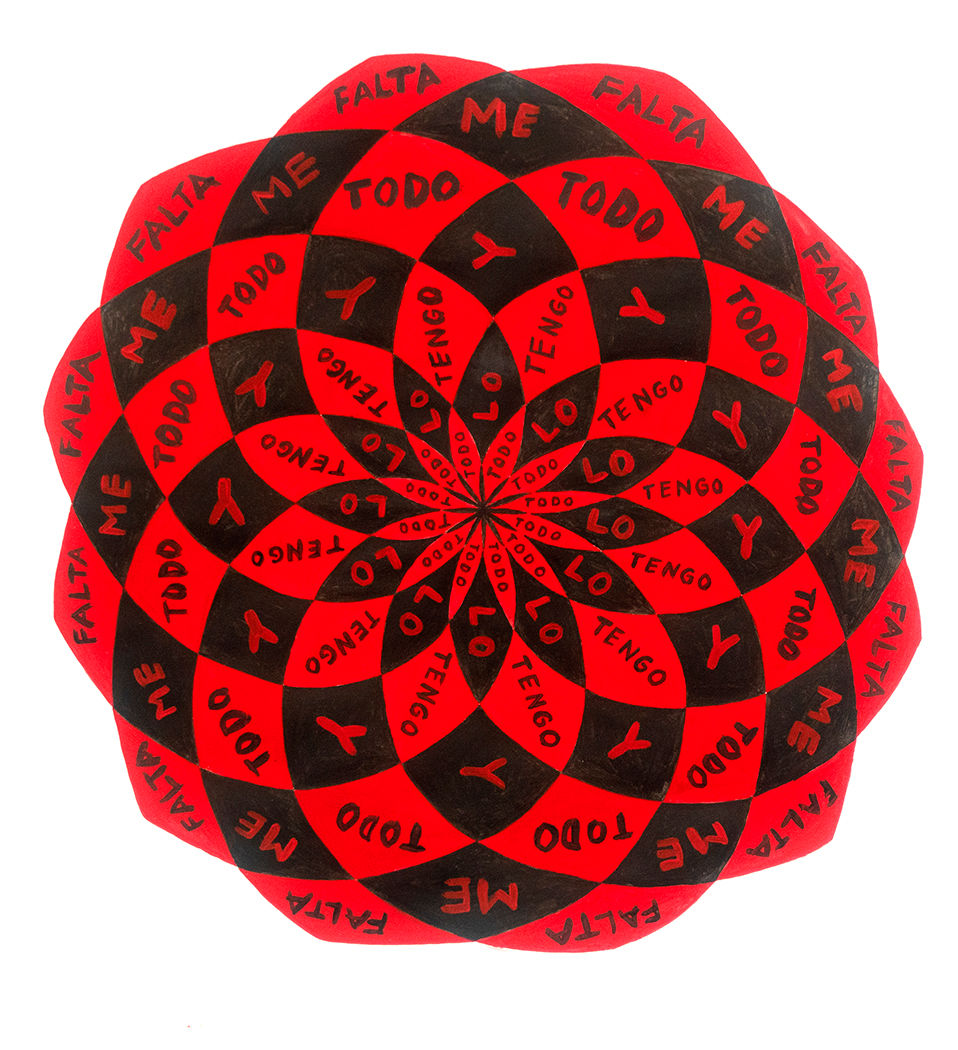Pablo Medina: Artist
- Hecho En

- Jul 19, 2021
- 4 min read
Tell me a little bit about yourself.
I’m a Cuban-Colombian artist and graphic designer born and raised in Washington D.C.
Have you always been creative? What did you want to be when you were young?
I had a fascination with airplanes as a kid and wanted to be a pilot. I seriously considered joining the air force, but I had mediocre grades in math and science, which are kind of important for becoming a pilot. I excelled in art class and was encouraged by my parents to keep painting and drawing.

How did you get into art?
Like most kids, I drew endlessly. I must have been 12 when my father enrolled me in an oil painting class. Oil painting has a seriousness to it that gave me confidence. I remember being fascinated by art that hung in our house. My mother had a reproduction of Picasso’s ‘Bouquet of Peace’ which I couldn’t stop thinking about. Whose hands were those? My father had a postcard of Goya’s ‘Saturn Devouring his Sons’ in his office. How I wasn’t traumatized by that painting is beyond me.
How did you manage to make it a career?
I was fortunate enough to study at Pratt Institute and through the skills and contacts that I made there, slowly but surely, I was able to make a living.

How did you get into your current style?
We spoke Spanish at home as a kid but when I entered kindergarten, I started having an aversion to Spanish. That rejection of language which came from a desire to assimilate later led to a disinterest, and sadly, even an embarrassment of my own culture that lasted well through High School. My mother decided to move back to Colombia when I was 19 and I would visit her regularly, which led to a re-exposure to Latino culture. Little by little my heart started to open to this part of me that I had ignored for so long. I used my thesis project in grad school as a way to reconnect even more deeply to my Cuban and Colombian roots. I photographed hand-painted signs in Union City, New Jersey, most of which were painted by the great Cuban sign painter Leonard. I used some of the letterforms that I saw in these photographs as a basis for designing a series of digital typefaces that were gestural representations of this new found obsession with my Latino-ness.
What is it you love most about art?
How removed from reality it is. It takes us away from the mundane and taps into a part of our brain that we rarely use in everyday circumstances.

What have you done that you’re most proud of?
Painting a large mural in San Francisco’s Mission district is something I’ll always remember. We painted it in 2013 and I just found out that it’s still untouched after all these years.
What’re your goals for the future?
A couple of years ago, I was awarded an exhibition space during Miami art week (Art Basel) and had such an incredible time. With COVID these types of events are mostly online these days, but I see myself traveling to exhibit my work nationally and internationally. Research is a hugely important part of my work process so once the COVID problem is more manageable, I will do some research travel. Berlin, going back to Cuba, going back to Mexico, and Haiti are all on my list.
Who/what inspires you?
The street is the best museum!
Does being Hispanic influence your work at all? If so, how?
Very much so! The language, the aesthetics, the music, the religion, it all inspires me. Luckily, I live in New York, and I connect with Hispanic culture every day.

What’s your process like? (Take me through your creative process).
It starts with using my camera to document signage and letterforms on the street. At my studio, I’ll then reference those images until I find an aesthetic that I find interesting and begin the painting process using those images are departure points. Concurrently, I do a lot of journal writing and pull phrases from these free-association, personal expressions. I’ll re-read my journal entries and circle phrases that feel important and use them as the message for each painting.
Favorite art material/medium?
Acrylic on wood is the combination I always return to. Acrylic for its quotidian quality and wood for its organic nature. I just made a hand-sewn flag which I also love for its tactile and physical qualities. I got to fly it during the October 3rd Wide Awakes procession when we marched from the Africa Center in Harlem to the Federal building in downtown Manhattan.

Favorite artist?
That’s a tough one. Nam June Paik has always blown me away. Margaret Kilgallen for obvious reasons. Kara Walker has connected many dots for me. Chris Ofili’s work is sublime. So many others.
Any words of wisdom for young artists?
I’ve had some very difficult moments in my life. Those experiences have informed my work in many ways. All human beings suffer and using the subject matter of those moments can be a great way to create art, but you don’t have to be defined by your suffering. Don’t be fooled by the false narrative that to be able to make great work you have to be depressed and miserable. It’s ok to be an artist and to be happy. In fact, my best work has happened when I’ve felt my best.











Comments